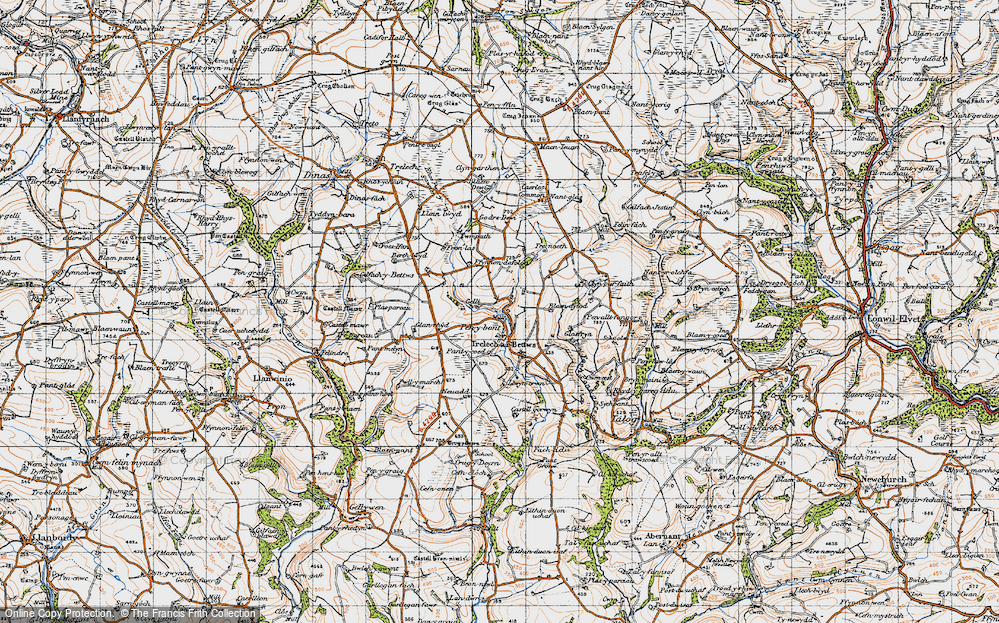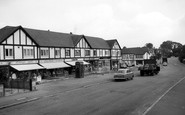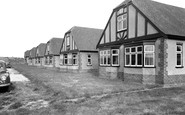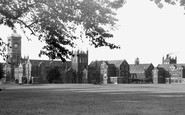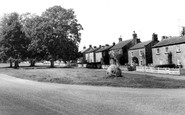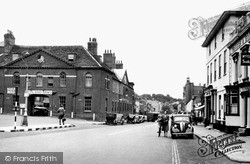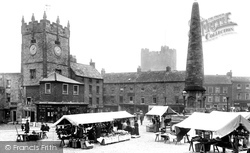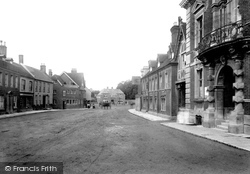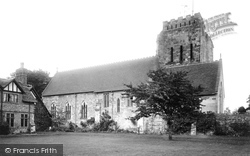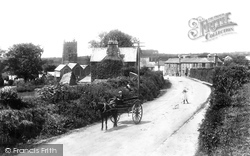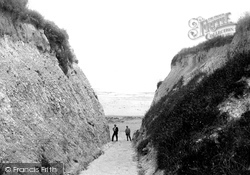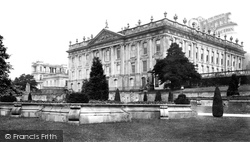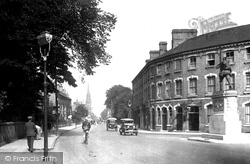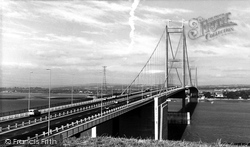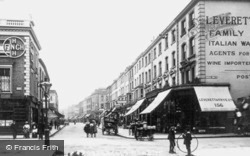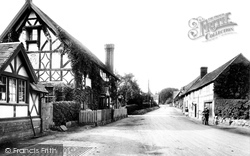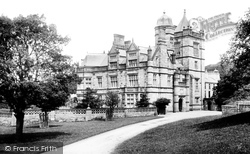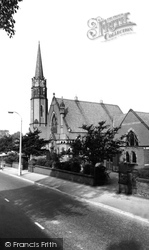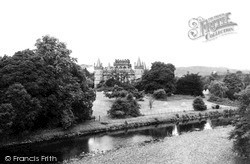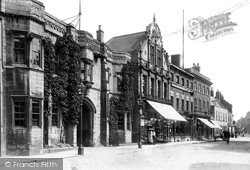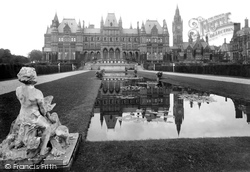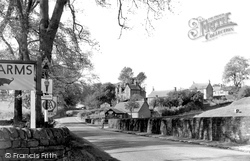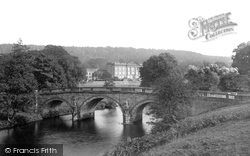Places
9 places found.
Those places high-lighted have photos. All locations may have maps, books and memories.
Photos
89 photos found. Showing results 161 to 89.
Books
2 books found. Showing results 193 to 2.
Memories
224 memories found. Showing results 81 to 90.
Stanwick, The Duke Of Wellington
My memory of The Duke is that this was the public house that I first ever got drunk in. I was 17 and had just joined up in the Army in Boy Service. That Christmas I was on leave and went with family friends to the ...Read more
A memory of Stanwick in 1958 by
Childhood
I lived in Old Coulsdon for many years, I used to do a paperound for Mr Cook who ran the paper shop on the Brighton road in Old Coulsdon. I spent many my summer holidays exploring Happy Valley and Devils Dyke and I used to be albe to ...Read more
A memory of Old Coulsdon by
Belvedere And Little Belvedere
Would anyone remember the above ? My Great Great Grandfather bought a plot of land in Jefferson Lane and obtained a Southern Railway carriage which he made into a holiday home calling it Belvedere after the place ...Read more
A memory of St Mary's Bay in 1956 by
Barleyfield
We lived on Fishers Lane, Pensby then moved to Barleyfield Road where my little sister was born in the front bedroom of no 1. We walked down to Greenbank Junior School every day, three little kids holding hands through fields of barley ...Read more
A memory of Pensby in 1967 by
Radio Bungalows In The Early 1970s
Looking on the website makes the hair stand up on the back of my neck, what great memories I have of stopping at the radio bungalows! And being chased by the swans at the nearby dyke on your way up to the ...Read more
A memory of Trusthorpe in 1972 by
Masonic School Memoriy From 1951 54
I went to the Royal Masonic Senior School from 1951 to 1954. The school Cadet Force, 1st Cadet Battalion London Rifle Brigade was quite a force to be reconed with. I for one have strong memory having been in the ...Read more
A memory of Bushey in 1951 by
My Home For 22 Years
I was born 21st august 1943 at 60 Bellefield Road, a house that is still standing, only a blue brick terraced house with a cold tap and an outside loo. This was quite posh because some people had to share their toilets with ...Read more
A memory of Winson Green in 1951 by
Ancestry
East Witton's interest to me began as it was the birthplace of my grandfather and his parents resided in Wast Witton Without (i found this through the 1901 census), though I cannot get any further back in time. I worked in nearby Leyburn ...Read more
A memory of East Witton in 1890 by
Shops And Shopping
I remember spending my pocket money in Adcocks and Percivals, at the top of Duke Street. He had a terrific range of toys for a small town shop, from toy soldiers to model railways. He had a working model railway set up ...Read more
A memory of Princes Risborough
Happy Times In Firbeck
My memories of Firbeck are wonderful and I share them with many people. I lived there for around 8 years and my Dad was the village policeman so we lived in the then policehouse near the top of the village. We used to wait by ...Read more
A memory of Firbeck in 1960 by
Captions
379 captions found. Showing results 193 to 216.
The side against the High Street has the Duke's coat of arms in the pediment. Opposite is the 16th-century Wagon and Horses, in whose yard the livestock market used to be held.
Holy Trinity is an unusual building in that several shops, such as the one occupied by King & Son, were built onto it.
It was probably here that the Duke of Monmouth was brought as a prisoner following the crushing of his rebellion in 1685.
The Abbey Church of St Editha dates from Norman times, but Polesworth Abbey is said to have been founded by King Egbert in 827.
Since the Reformation, the land hereabouts has been owned by the dukes of Bedford.
It was originally called Bartholomew's Gate, but was changed by order of Charles II who landed here in 1683, accompanied by the Duke of York, on his way to London.
The present house, the Derbyshire home of the Duke and Duchess of Devonshire, was built by the 4th Earl between 1678 and 1707, and is one of the most popular visitor attractions in the county.
Dedicated by the Duke of York (or rather a plaster cast of it, as the bronze itself did not arrive until ten days later) in July 1922, it depicts a young soldier wearing a laurel victory wreath.
Also at the ceremony were Prince Philip, the Duke of Beaufort, the Archbishop of Wales, the Secretary of State for Wales and the Bishop of Bristol.
with its main street and small shops running down to the large 12th-century Norman church on the left, was the site of a nunnery founded in AD 669 by Domneva, on ten thousand acres of land given to her by King
The pub on the opposite corner survives today as the Duke of Wellington.
This view at Butt Brow north-west towards Combe Hill across Willingdon Bottom is part of the four thousand acres previously owned by the Duke of Devonshire that the corporation of Eastbourne have managed
Three veterans of Waterloo are commemorated in the church, including Lord Sandys, aide-de-camp to the Duke of Wellington.
The west wing of the original old hall at Holker, home of the Preston family since the 16th century, was destroyed by fire in 1871.This sumptuous rebuilding, supervised by the seventh Duke of Devonshire
Here pasturage rights were granted by King John, and in the 19th century political meetings were held here which led to fisticuffs.
The 3rd Duke of Argyll decided to build a new castle: Roger Morrison was the architect and William Adam the clerk of works. The new site was 80 yards or so from the old castle.
It has been used by King's School since 1560 but was originally the monastic refectory.
The Angel Hotel is a remarkable late 15th-century stone-built inn, rebuilt on the site of a Knights Templar hostel where King John had held court in 1213; in this building Richard III signed the Duke of
Portchester is one of the largest of the 'Saxon shore' forts, and it was regularly used by kings when they visited Portsmouth.
Outside Chester stands Eaton Hall, seat of the Duke of Westminster. Designed by Alfred Waterhouse in grand Victorian Gothic, the hall and estate even had its own railway.
Note the old-fashioned 'beacon of learning' school sign and AA logo near the sign advertising the hotel, which takes its name from the ruling Dukes of Devonshire from nearby Chatsworth.
The third Duke of Argyll decided to build a new castle: Roger Morrison was the architect and William Adam the clerk of works. The new site was eighty yards or so from the old castle.
In the days when this picture was taken the Duke was wealthy enough to allow visitors in free of charge.
Later in the early 18th century the Duke of Wharton created a vast mansion from the palace. The remnants were demolished in 1964 and replaced by a housing estate.
Places (9)
Photos (89)
Memories (224)
Books (2)
Maps (161)




